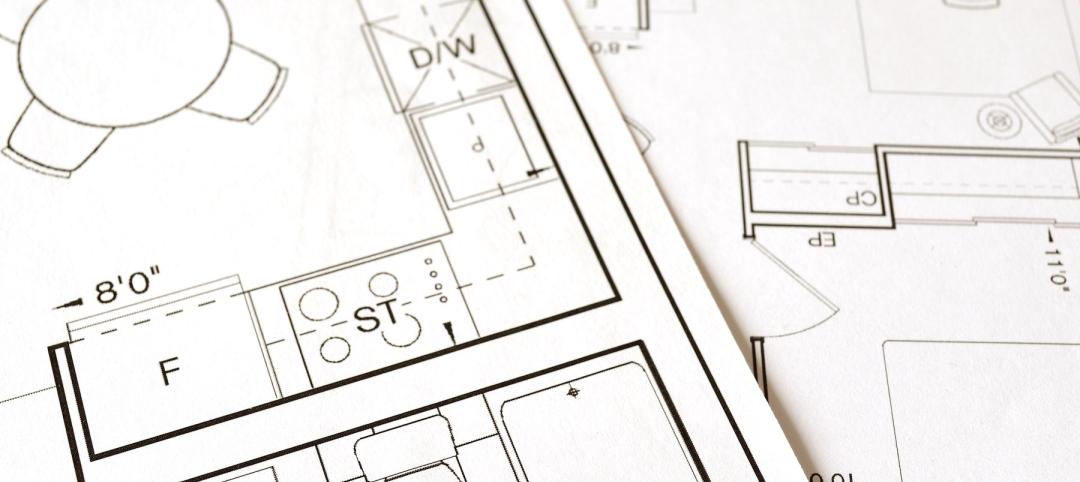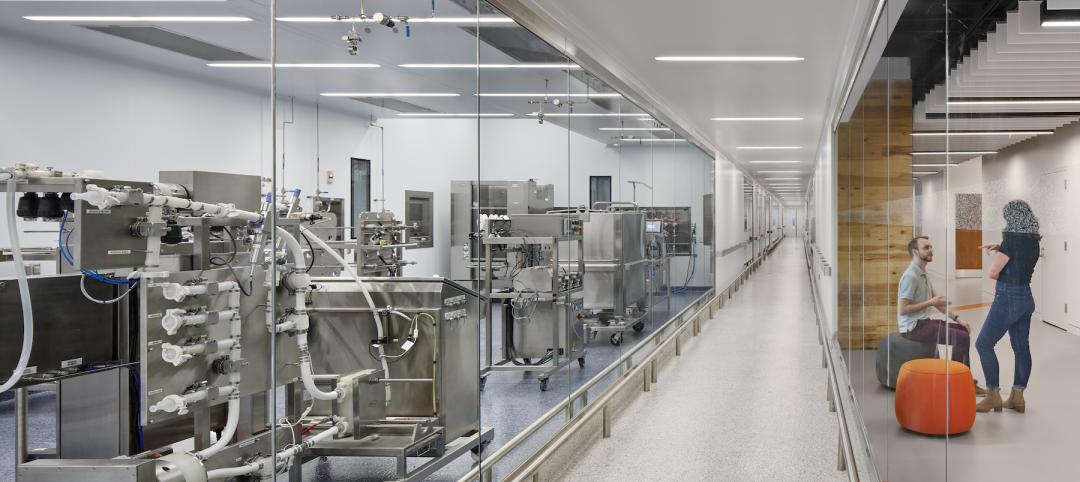|
Washington, D.C. — With millions of sports fans visiting LEED-certified green sports venues every year, the U.S. Green Building Council (USGBC) is proud to announce a collaboration with the Green Sports Alliance, a prominent nonprofit organization supporting the development and promotion of green building initiatives in professional and collegiate sports.
USGBC will support the Alliance to accelerate the green sports movement by exploring LEED certification of sports stadiums across the country. Currently, 25 professional sports venues are LEED-certified, including Nationals Park, American Airlines Arena and Soldier Field to name a few. The partnership will also explore additional engagement opportunities such as USGBC’s Green Apple Day of Service, a day for people across the globe to participate in green school service projects. “Sports fans stepping into LEED-certified arenas, stadiums, ballparks and more experience the benefits of green building firsthand with water conservation, energy efficiency and responsible waste management,” said Rhiannon Jacobsen, director of strategic accounts, USGBC. “It was a natural fit for USGBC to partner with the Green Sports Alliance, which is dedicated to making professional sports healthier and more sustainable.” “The Green Sports Alliance consists of over 180 professional and collegiate sports teams and venues, all looking to enhance their operations and environmental performance,” said Martin Tull, executive director, Green Sports Alliance. “Partnering with the USGBC will help us provide valuable resources and guidance to our members as they work to employ and promote green building initiatives at their respective venues.” USGBC and the Alliance have jointly developed a toolkit focused on advancing green schools through sports, which encourages sports organizations to engage their communities in environmental stewardship through local projects. The Alliance highlights USGBC initiatives at professional and collegiate sports venues through member resources including webinars, toolkits, best practice sharing and social media events. USGBC first collaborated with the Alliance last August when the Seattle Mariners, Seahawks, Sounders and Storm collaborated on a school garden project for the inaugural Green Apple Day of Service. 2013 Green Apple Day of Service projects are currently being planned by sports teams in cities such as San Francisco, Kansas City, Seattle and Philadelphia, host of USGBC’s 2013Greenbuild Conference and Expo in November, where the Alliance will have a presence in the Center for Green Schools booth. To continue engaging the sports industry around its programs, USGBC will be joining the Green Sports Alliance at the 2013 Green Sports Alliance Summit in NYC, August 26-28. ###
|
About the U.S. Green Building CouncilThe U.S. Green Building Council (USGBC) is committed to a prosperous and sustainable future through cost-efficient and energy-saving green buildings. USGBC works toward its mission of market transformation through its LEED green building program, robust educational offerings, a nationwide network of chapters and affiliates, the annual Greenbuild International Conference & Expo, the Center for Green Schools, and advocacy in support of public policy that encourages and enables green buildings and communities. For more information, visit www.usgbc.org. |
About LEEDAs the most widely recognized and widely used green building program across the globe, LEED is transforming buildings, homes and communities in all 50 states and 135 countries. LEED guides the design, construction, operations and maintenance of more than 50,000 projects worldwide, comprising 9.8 billion square feet of commercial and institutional construction space, and more than 134,000 additional residential units. By using less energy, LEED-certified spaces save money for families, businesses and taxpayers; reduce carbon emissions; and contribute to a healthier environment for residents, workers and the larger community. Learn more at usgbc.org/leed. |
Related Stories
Giants 400 | Aug 25, 2022
Top 100 Apartment and Condominium Contractors for 2022
Clark Group, Suffolk Construction, AECOM, and Lendlease top the ranking of the nation's largest apartment and condominium contractors and construction management (CM) firms for 2022, as reported in Building Design+Construction's 2022 Giants 400 Report.
University Buildings | Aug 25, 2022
Higher education, striving for ‘normal’ again, puts student needs at the center of project planning
Sustainability and design flexibility are what higher education clients are seeking consistently, according to the dozen AEC Giants contacted for this article. “University campuses across North America are commissioning new construction projects designed to make existing buildings and energy systems more sustainable, and are building new flexible learning space that bridge the gap between remote and in-person learning,” say Patrick McCafferty, Arup’s Education Business Leader–Americas East region, and Matt Humphries, Education Business Leader in Canada region.
| Aug 25, 2022
New York City’s congestion pricing aims to reduce traffic, cut carbon
Officials recently released an environmental assessment that analyzes seven different possible pricing schemes for New York City’s congestion pricing program.
| Aug 24, 2022
California’s investment in ‘community schools’ could transform K-12 education
California has allocated $4.1-billion to develop ‘community schools’ that have the potential to transform K-12 education.
| Aug 24, 2022
Architecture Billings Index slows but remains healthy
For the eighteenth consecutive month architecture firms reported increasing demand for design services in July, according to a new report today from The American Institute of Architects (AIA).
Giants 400 | Aug 22, 2022
Top 70 Science + Technology Facility Contractors + CM Firms 2022
Whiting-Turner, Hensel Phelps, DPR Construction, and Skanska USA top the rankings of the nation's largest science and technology (S+T) facility contractors and construction management (CM) firms, as reported in Building Design+Construction's 2022 Giants 400 Report.
Giants 400 | Aug 22, 2022
Top 45 Laboratory Facility Contractors and Construction Management Firms for 2022
Whiting-Turner, Hensel Phelps, McCarthy, and STO Building Group top the ranking of the nation's largest science and technology (S+T) laboratory facility contractors and construction management (CM) firms, as reported in Building Design+Construction's 2022 Giants 400 Report.
Giants 400 | Aug 22, 2022
Top 90 University Contractors and Construction Management Firms for 2022
Turner Construction, Whiting-Turner Contracting, PCL Construction Enterprises, and DPR Construction lead the ranking of the nation's largest university sector contractors and construction management (CM) firms, as reported in Building Design+Construction's 2022 Giants 400 Report.
Giants 400 | Aug 22, 2022
Top 90 Construction Management Firms for 2022
CBRE, Alfa Tech, Jacobs, and Hill International head the rankings of the nation's largest construction management (as agent) and program/project management firms for nonresidential and multifamily buildings work, as reported in Building Design+Construction's 2022 Giants 400 Report.
| Aug 22, 2022
For Gen Z, “enhanced communication” won’t cut it
As the fastest-growing generation, Generation Z, loosely defined as those born between the mid-1990s and early 2000s, has become a hot topic in conversations surrounding workplace design.

















